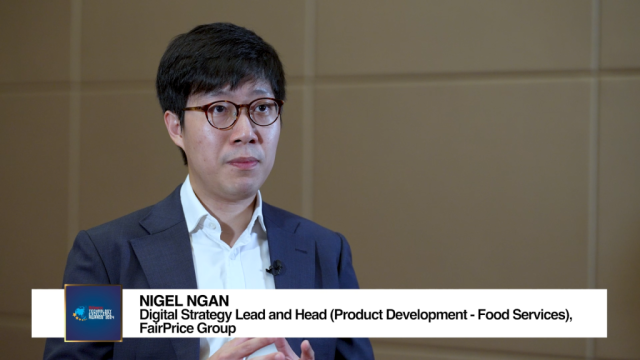The future of retail is Unified Commerce
By Alson LauRetailers across the globe are reinventing the digital and physical retail experiences to cater to the modern and technology savvy customer. Facial recognition payments, service robots and digitised aisles are just some of the avenues retailers are looking into. We’re also seeing more e-commerce businesses expanding into the physical space in their own ways. According to Statista, Singapore’s e-commerce market is expected to grow at an annual rate of 14.9%, and will continue its ascent to US$8.6m by 2023. With the expansion of e-commerce, brick-and-mortar retailers are scrambling to find a middle ground between the online and digital realms as they face increased pressure and competition from their digital competitors.
More significantly, retailers need to cater to evolving customer desires and preferences. Customers today have higher expectations and regard shopping as a deeply social experience which needs to be highly experiential and seamless. There is also a strong desire for a Unified Commerce experience. According to our International Holiday Shopping Report, 86% of Singaporeans mentioned that they are either somewhat likely or very likely, to combine different channels during their shopping process due to reasons such as comparison of prices or similar product offerings.
Leveraging these insights, retailers need to adopt a Unified Commerce approach that plays to customers worldwide – where they naturally demand for good channel integration from retailers, be it physical or online shops via multiple devices such as mobile sites, apps or desktops – or risk falling behind.
With heightening pressure from digital competitors and customer demands, what do retailers need to do to stay afloat?
Technology is key but don’t forget the power of human interaction
One of the greatest advantages that brick-and-mortar retailers possess is the human touch. In fact, a study by Salesforce and YouGov found that customers in Asia prefer human interaction, as compared to AI powered technologies such as chatbots and robo-advisors. However, when faced with long waiting lines at checkout or fitting rooms, shoppers will gravitate towards digital means to get what they want.
Retailers now need to address the new pain points surrounding the in-store shopping experiences. Over the past decade, new and innovative technologies have emerged to address these challenges.
Boost the potential of brick-and-mortar stores with Electronic Shelf Labels
Have you ever encountered an incident where you get to the checkout counter only to realise that the price at the point-of-sale differs from what’s shown in the aisle? This is one of the biggest frustrations that customers face daily. As for retailers, they need to keep an updated and accurate list of pricing on all items, which is another challenging task.
Electronic shelf labels (ESLs), essentially digital price tags, can help create faster, smoother experiences for customers. When integrated seamlessly and securely into payment platforms, ESLs allow customers to scan the label with their smartphone to receive accurate, and up-to-date information, add the item to their basket before proceeding to ‘checkout’ and pay. This puts an end to unpleasant surprises when products are incorrectly labelled. It also eliminates the need for the customer to queue and check-out in-store — this is already being rolled-out into the market such as Amazon Go, the cashless convenience store which adopts a similar kind of frictionless, self-checkout experience.
Build further insight on customers
With ESLs, retailers can gain access to data-based insights on what makes customers tick, something that has so far been confined to mostly online businesses. From their receptiveness to personalised discounts, to the products that they typically spend most of their time with, retailers can leverage these data to understand their customers, in turn delivering more personalised services and experiences.
Remember, it’s all about the experience
Ultimately, technological implementations for retail should aim for one main goal: to provide a better shopping experience for customers. Retailers need to understand that customers are seeking something more experiential from these physical spaces as compared to their online stores.
Brick-and-mortar retailers have the advantage of offering in-store sensory experiences, such as smell, taste and touch. These are experiences that cannot be duplicated on online channels, which makes a compelling reason for customers to visit physical stores.
Honestbee’s Habitat is an example of how retailers are using technology to provide a seamless shopping experience with human interaction. The world’s first tech-enabled food-and-grocery concept offers its own mobile payments wallet and a robotic collection point, where customers can benefit from a hassle-free and multi-sensory shopping experience. NomadX, Singapore’s first physical concept store, also provides experiential shopping which includes automated store assistance such as smart mirrors and interactive product walls.
This is a glimpse of how the future of retail will look like. These experiential stores will focus on products where people favor offline purchases, coupled with great service and advanced digital tools, to suit the customers’ needs and preferences.
As we see the world of retail continue to shift along with customer trends, retailers need to integrate both online and offline channels and orchestrate experiences that capture the inherent value of both channels. We will continue to see a blurring line between these channels, but one thing remains clear: a Unified Commerce approach will be the way forward for the retail industry, in the face of growing digitisation.

























 Advertise
Advertise









